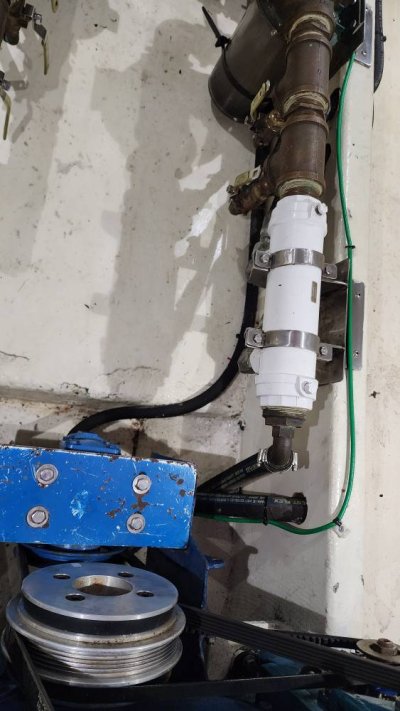Arthurc
Guru
Hi, I have the Multisea ii stabilizers and my 12v water circ pump failed (groco vp-20-bbwa). I’m talking to Don on Starr he suggested moving to a hydraulic driven water pump to eliminate the 12v pump. Does anyone have a hydraulic driven cooling pump on similar sized stabilizers and can you share the model/make?
For the rest of the trip I’m using my spare 110v reverse cycle circ pump so have some time to design a better solution.
Thanks much!
Arthur
For the rest of the trip I’m using my spare 110v reverse cycle circ pump so have some time to design a better solution.
Thanks much!
Arthur

